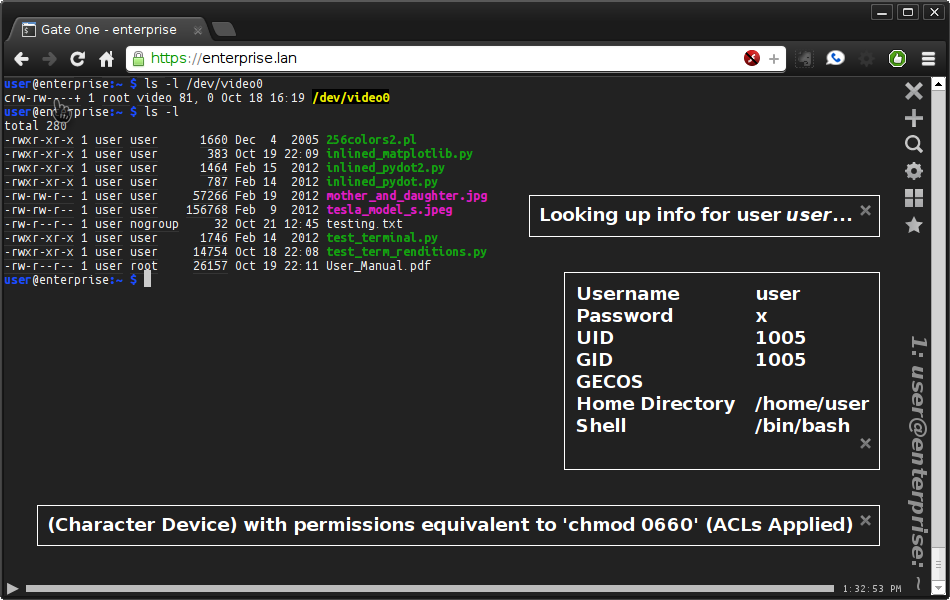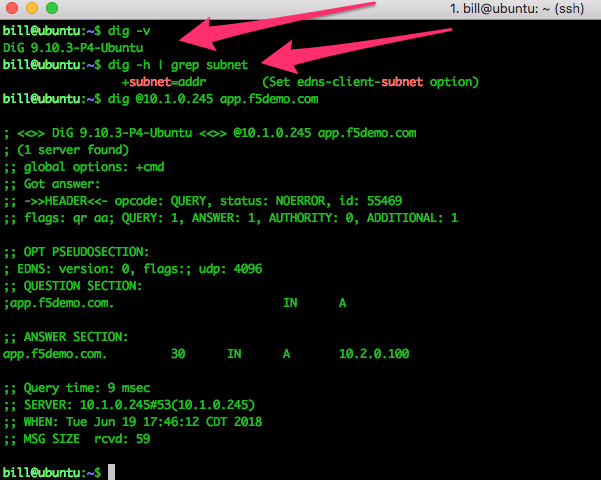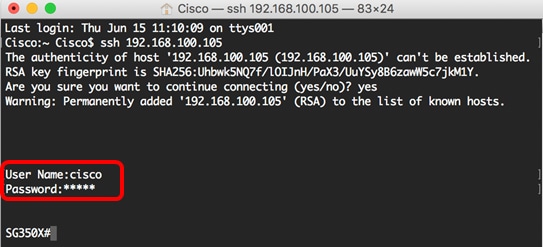

Under the Installed features list, look for the OpenSSH Client feature. The Optional features page of the Settings application launches. Start typing “Manage optional features” and select Manage optional features (System settings) from the search results. Open up Windows Search by selecting the search area (or search button) on the taskbar or by pressing Windows + S on the keyboard. OpenSSH is a Windows SSH client and available on newer versions of Windows 10 (April 2018 update and later), though it may need to be manually enabled.

To connect to a server using SSH on Windows 10 within one of these tools, the OpenSSH client needs to be installed. There are two terminals on Windows 10 and 11, the Command Prompt (also called CMD) and PowerShell.

On your local Windows computer, open the terminal application you wish to use. If using Windows 10 or Windows 11, install any pending updates to ensure you are running the latest version of Windows before you enable SSH. If you wish to deploy a new server, follow theĬreating a Compute Instance guide to create a Linode. Most Linux distributions have an SSH server preinstalled. Before You BeginĮnsure you have a Linux server with an SSH server (like OpenSSH) installed.

This article walks you through how to use SSH from Windows, covering the basics of installing a Windows SSH command-line tool and connecting to a remote server (such as a Linode) over SSH on a local Windows system. When most people refer to SSH, it is within the context of a connecting from a local computer to a remote server, commonly for administration tasks related to website hosting. A secure shell (SSH) is used for secure communication between devices.


 0 kommentar(er)
0 kommentar(er)
